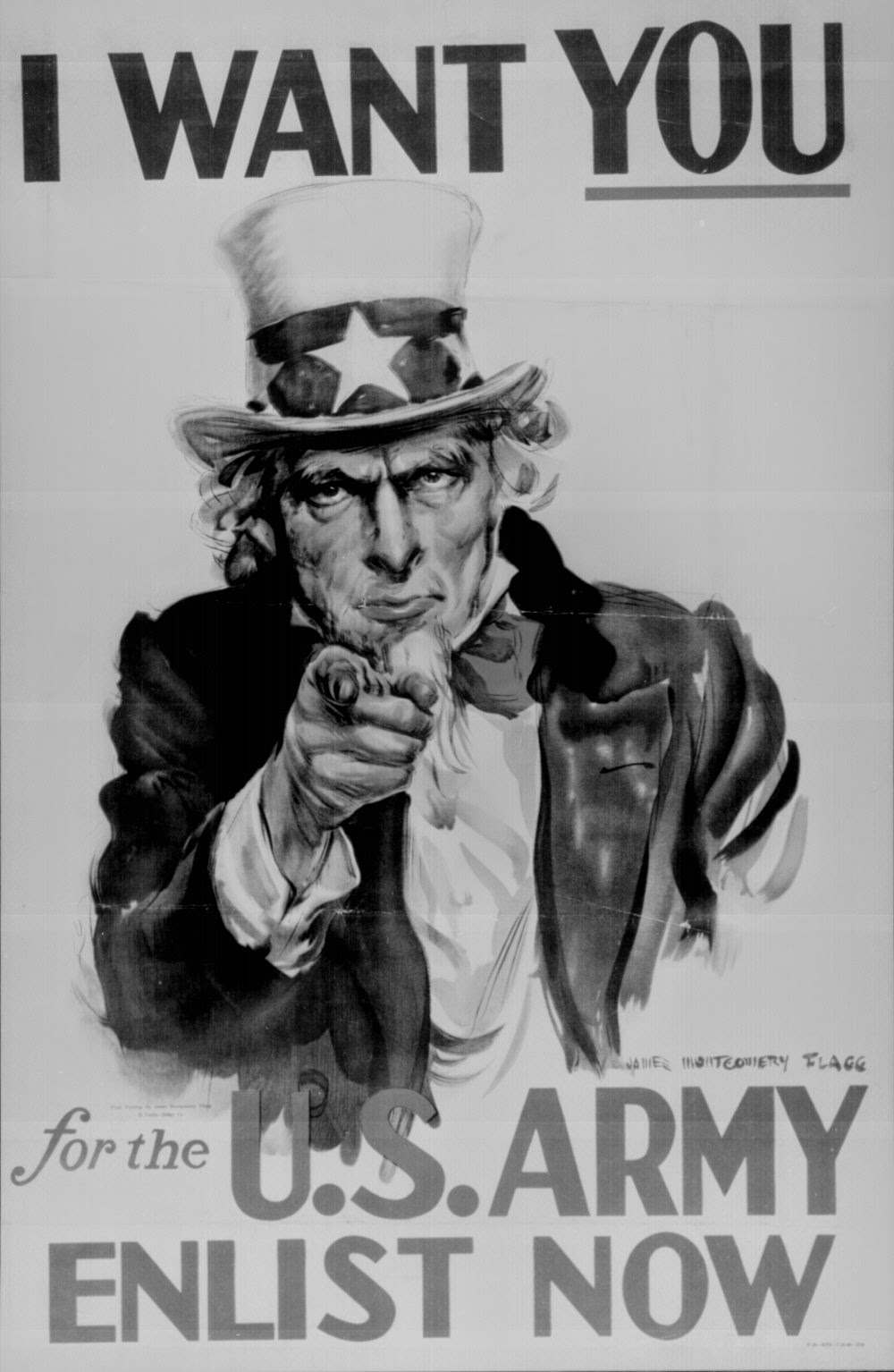The question of whether there was a draft in WWII is a significant topic that has garnered interest among historians and military enthusiasts alike. World War II was a global conflict that lasted from 1939 to 1945, involving many countries and resulting in immense loss of life and resources. As nations mobilized their forces, the need for soldiers became paramount, leading many to wonder how governments managed to recruit sufficient personnel for their military campaigns. This article will delve into the intricacies of military conscription during World War II, exploring the processes, impacts, and implications of the draft across various nations.
In the United States, the Selective Training and Service Act of 1940 marked the beginning of the draft, which played a crucial role in shaping the military landscape during the war. Other countries, such as Germany and the Soviet Union, also implemented conscription policies to bolster their armed forces. As we examine the draft's evolution and implementation in different countries, we will also consider its effects on society, the economy, and the individual soldiers who served.
This comprehensive article will provide insights not only on the existence of the draft in WWII but also on its implications for the soldiers and the nations involved. By the end, readers will have a well-rounded understanding of military conscription during this pivotal period in history.
Table of Contents
- Draft in the United States
- The Selective Service Act of 1940
- The Experience of Draftees
- Draft in Other Countries
- Germany’s Conscription Policies
- Soviet Union and Military Draft
- Impact of the Draft on Society
- Conclusion
Draft in the United States
The United States faced a pressing need for military personnel as World War II escalated. With the attack on Pearl Harbor in December 1941, the urgency for soldiers intensified, leading to widespread support for the draft.
The Need for Troops
Initially, many volunteer soldiers joined the military, but as the war progressed, it became clear that voluntary enlistment would not suffice. The U.S. government recognized that a systematic approach to recruiting soldiers was necessary, given the scale of the conflict.
The Selective Service Act of 1940
On September 16, 1940, President Franklin D. Roosevelt signed the Selective Training and Service Act into law, establishing the first peacetime draft in U.S. history. This act required men aged 21 to 35 to register for military service.
Key Provisions of the Act
- Registration of men aged 21 to 35.
- Mandatory service for those selected through a lottery system.
- Exemptions and deferments for certain individuals based on occupation or education.
The Experience of Draftees
Once drafted, individuals underwent basic training before being deployed to various theaters of war. The experience of draftees varied widely based on their assignments and the conditions they faced.
Training and Deployment
Draftees typically underwent rigorous training, preparing them for combat. Many found themselves in unfamiliar environments, facing the realities of war.
Draft in Other Countries
While the United States implemented the draft, other countries involved in World War II employed similar measures to ensure manpower for their military efforts.
Germany’s Conscription Policies
Nazi Germany instituted mandatory military service from the early years of the regime, with conscription laws enacted as early as 1935. The German military relied heavily on conscription to fill its ranks.
Impact on Society
German citizens were often compelled to serve, leading to a militarized society. The regime used propaganda to promote the glory of serving the Fatherland.
Soviet Union and Military Draft
In the Soviet Union, military conscription was a critical aspect of the war effort. The government issued numerous drafts to maintain a steady stream of soldiers.
Mobilization of the Population
The Soviet Union's approach to conscription involved mobilizing vast segments of the population, including women in auxiliary roles, contributing to the war effort.
Impact of the Draft on Society
The implications of military conscription during World War II extended beyond mere numbers. The draft shaped societal norms, family dynamics, and the economy.
Social Changes and Economic Effects
- Increased employment opportunities for women as men were drafted.
- Economic shifts due to the need for wartime production.
- Changes in family structures as many men left for service.
Conclusion
In summary, the draft played a pivotal role in World War II, enabling nations to mobilize their forces effectively. The experience of draftees and the societal changes that resulted from conscription are crucial elements of this historical narrative. Understanding the implications of the draft provides valuable insights into how countries navigated the challenges of warfare.
If you found this exploration of the draft in World War II informative, please leave a comment or share this article with others who may be interested in military history. For further reading, check out our other articles on related topics.
Thank you for reading, and we invite you to visit our site again for more engaging content!
You Might Also Like
Understanding The Point Of Transition Between Two Zodiac SignsDiscover The Joy Of Play: The Ultimate Guide To Cat Dancer Toy
McDonald's Doughnuts: A Sweet Addition To Your Fast Food Experience
Best Dutch Oven: A Comprehensive Guide To Choosing The Perfect Cookware
The Finest Hours Cast: An In-Depth Look At The Stars Of The Film
Article Recommendations


